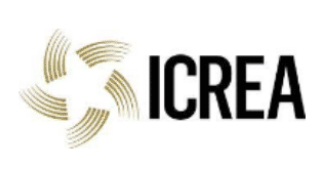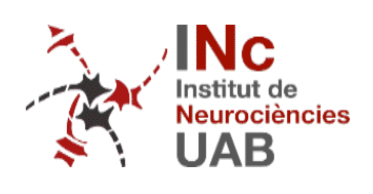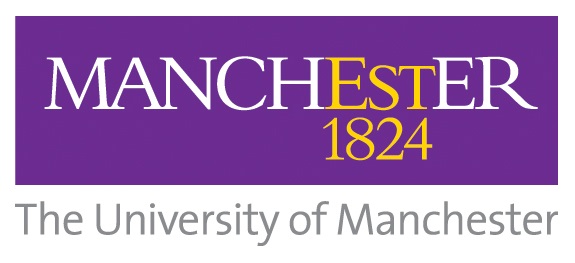Journal of Controlled Release 2025, 388, 114301
Music enhances lipid nanoparticle brain delivery and mRNA transfection in brain cells
Delivering therapeutic agents to the brain, particularly to neurons, is crucial for advancing treatments for neurological diseases. In this study, we introduce a non-invasive approach using music to enhance the delivery of lipid nanoparticles (LNPs) to the brain, potentially improving drug uptake. While LNPs have demonstrated significant potential in systemic delivery, various strategies have been explored to enhance their brain delivery. Here, we investigate the potential of audible sound waves, i.e., music, to enhance nanoparticle neuronal uptake and brain penetration. We tested different sounds across frequency ranges: low (10–250 Hz), mid (160–3800 Hz), high (1250–22,000 Hz) and a complex soundtrack of Pink Floyd “Another Brick in the Wall, Part 1” (128–5600 Hz). Low-frequency sound or soundtracks containing low frequencies in their spectrum (such as Pink Floyd) achieved significantly higher nanoparticle uptake in primary cortical neurons. Specifically, exposure of primary cortical neurons to low-frequency sound (10–250 Hz) enhanced LNP uptake and transfection in neuronal cultures, resulting in a 10-fold increase in gene expression. Low frequencies are often used for mechanical cellular stimulation, which may explain the effect of specific frequency ranges to achieve higher uptake and expression. In vivo, we found that mice that were administered with mRNA-LNP intravenously and exposed to audible low-frequency sounds had higher mRNA expression in the brain compared to non-exposed mice, with gene expression localized in the midbrain and thalamus – key regions involved in sound processing and emotional regulation. Mass spectrometry analysis of mice plasma showed that sound stimulation modulates the abundance of proteins involved in cytoskeletal dynamics and cellular uptake. Additionally, low-frequency sound exposure modulated the immune responses in mice, reducing neutrophil count in the blood and potentially lowering inflammation markers following intravenous LNP administration. In healthy human volunteers, functional MRI demonstrated that exposure to low-frequency audible sound elicited frontal, temporal, and occipital brain activation, in addition to the activation of classical auditory brain regions. This work explores a non-invasive neuro-stimulatory method for therapeutic brain delivery, potentially opening new possibilities for precision medicine, where sound waves are tailored to activate specific brain regions, for targeted treatment of neurological disorders.








